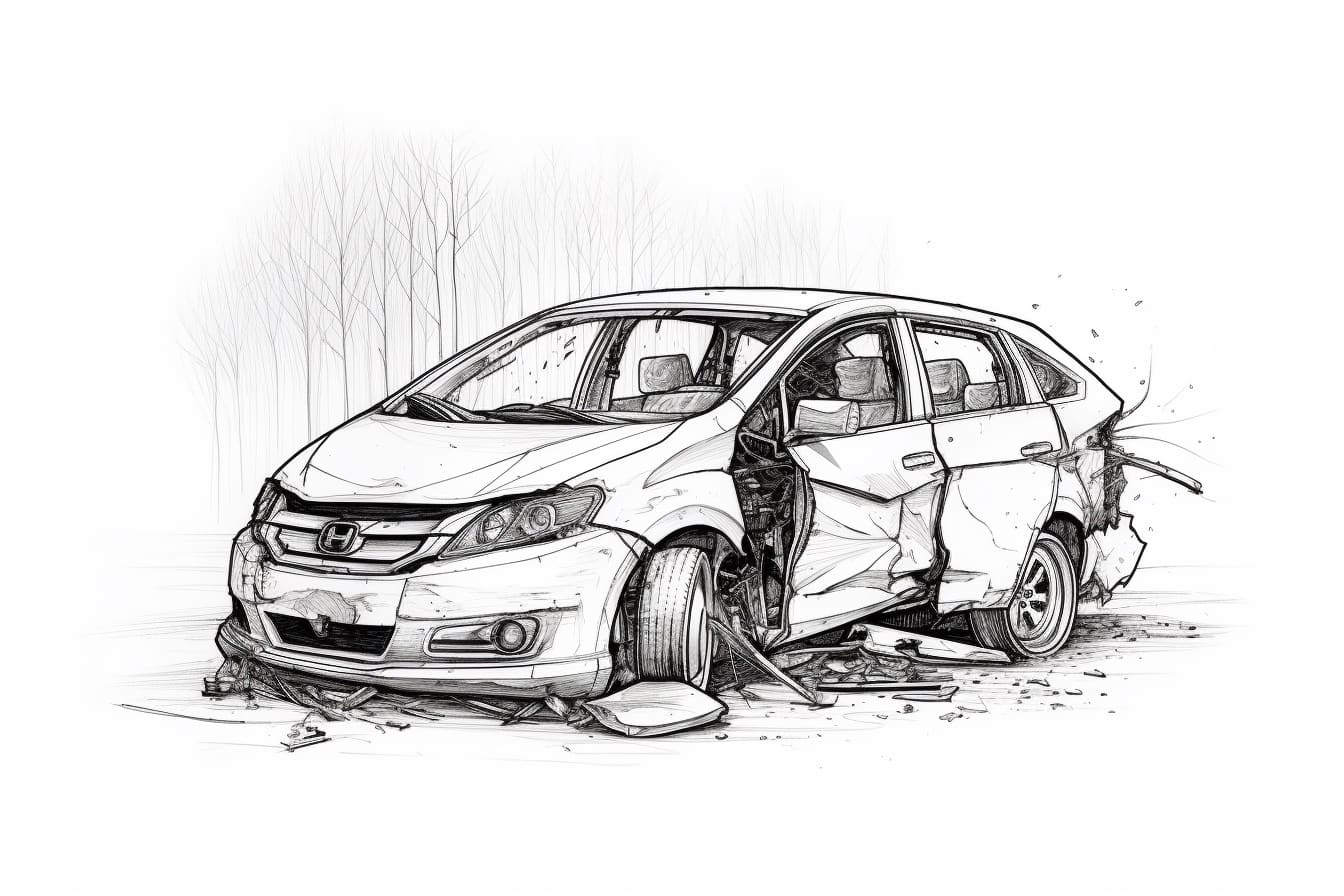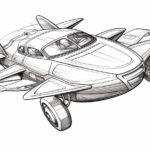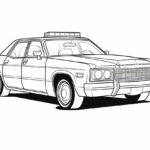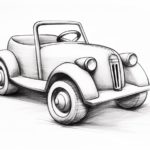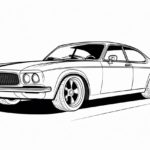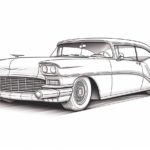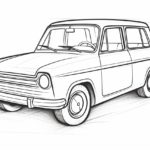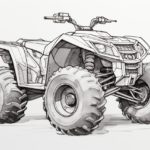Car crashes are intense and dramatic events that can make for captivating artwork. Drawing a car crash requires attention to detail, understanding of perspective, and some artistic skills. In this step-by-step guide, we will walk you through the process of how to draw a car crash scene that captures the intensity and impact of the collision.
Materials Required
Before we begin, gather the following materials:
- Drawing paper or sketchbook
- Pencil
- Eraser
- Fine-tipped pens or markers
- Ruler
- Reference images of car crashes (optional)
Now that you have everything you need, let’s get started on creating an impactful car crash drawing!
Step 1: Research and Reference
Research and gather reference images of car crashes to help you understand the dynamics and structure of a collision. Pay attention to the positioning of the vehicles, the damage caused, and the emotions portrayed in the images. While not necessary, this step can provide valuable insight and inspiration for your drawing.
Step 2: Composition and Sketching
Start by sketching out the basic composition of your car crash. Determine the placement and angle of the vehicles involved, as well as any additional elements such as debris, skid marks, or bystanders. Use light and loose lines to establish the overall shape and proportions of the scene.
Step 3: Adding Perspective
To make your car crash drawing more lifelike, add perspective. Define a vanishing point on your paper, typically located towards the horizon line. Use the ruler to create guidelines that converge towards the vanishing point, helping you establish the correct angles and depth in your drawing.
Step 4: Vehicle Details
Focus on each vehicle individually and add details such as windows, wheels, and body contours. Pay attention to the make and model of the cars, as well as any specific features that will help differentiate them in your drawing. Take your time to capture the unique characteristics of each vehicle involved in the crash.
Step 5: Damage and Debris
In a car crash, damage and debris play a significant role in conveying the impact and intensity of the collision. Add realistic damage to the vehicles, such as dents, broken windows, or twisted metal. Depict debris scattered around the crash scene, like shattered glass, car parts, or even skid marks on the road.
Step 6: Emotions and Movement
To capture the emotions and movement associated with a car crash, focus on the people involved. Draw facial expressions that communicate fear, shock, or distress on the drivers and passengers. Use dynamic and exaggerated lines to depict movement, especially in areas such as flying debris, spinning tires, or people being thrown from the vehicles.
Step 7: Shading and Highlights
Enhance the realism and depth of your car crash drawing by adding shading and highlights. Observe the direction of light in your reference images and add shadows accordingly. Use a combination of hatching, cross-hatching, and blending techniques to create realistic shadows and highlights on the vehicles, debris, and surroundings.
Step 8: Finalize and Refine
Take a step back and evaluate your drawing as a whole. Make any necessary adjustments to improve the overall composition, perspective, or details. Erase any unnecessary guidelines or stray lines and add any additional elements that you feel will enhance the impact of your car crash drawing.
Conclusion
Drawing a car crash requires careful observation, attention to detail, and the ability to convey intense emotions and movement. By following these step-by-step instructions and utilizing proper techniques, you can create a powerful and realistic car crash scene that captures the intensity of the collision. So grab your materials and let your artistic skills shine as you create your own car crash masterpiece!

